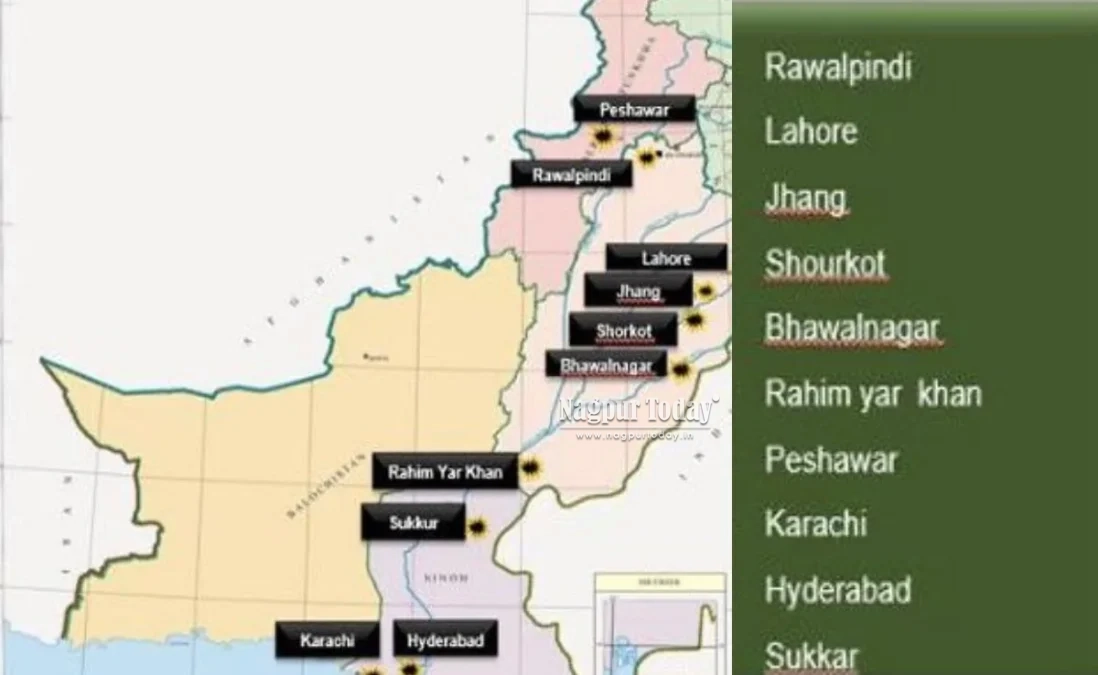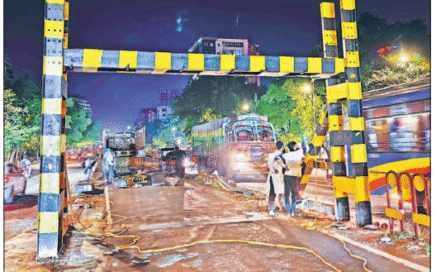New Delhi: India hit more targets in Pakistan during its Operation Sindoor than initially informed by Indian forces, Pakistan’s own official dossier has revealed.
The document, detailing Pakistan’s Operation Bunyan un Marsoos, reveals that India struck at least seven additional sites beyond those publicly confirmed.
The document says India targeted 28 locations, not just the 20 initially disclosed by Indian authorities. This is much higher than the earlier figures shared during press briefings by the Indian Air Force and the Director General of Military Operations (DGMO) after last month’s airstrikes in retaliation to the Pahalgam terror attack on April 22.
The new revelation reveals that India struck far deeper than it acknowledged and shows Operation Sindoor in a new light, making it abundantly clear why Pakistan reached out to India and requested a ceasefire. It also flies in the face of Islamabad’s tall claims of inflicting heavy damage on Indian side.
What are the newly-revealed locations:
The maps in the dossier show strikes on Peshawar, Jhang, Hyderabad in Sindh, Gujrat in Punjab, Gujranwala, Bahawalnagar, Attock and Chor. These locations were not named by the Indian Air Force or the Director General of Military Operations in the press briefings after the airstrikes last month.
Pakistan exposes its own losses
The details in the Pakistani dossier inadvertently confirm the extent of damage caused by India. It suggests that the destruction during Operation Sindoor was far greater than what India officially stated. This explains why Pakistan quickly called for a ceasefire. The disclosure also undercuts Islamabad’s earlier claims of having inflicted heavy losses on India.
Operation Sindoor
India launched the retaliatory strikes on 22 April, following a terrorist attack in Pahalgam, Kashmir, in which 26 innocent Indian civilians were killed by Pakistani militants. In response, India destroyed nine terror camps across Pakistan-occupied Kashmir and Pakistan. When Pakistan attempted a counter-attack, India escalated by launching major strikes on Pakistani army bases, leading to significant damage on the ground.
Earlier, satellite imagery released by Maxar Technologies had revealed the damage caused by precision strikes during Operation Sindoor. In its offensive against terrorist infrastructure in Pakistan and Pakistan-occupied Kashmir, India struck nine locations, including the Jaish-e-Mohammed headquarters in Bahawalpur and the Lashkar-e-Taiba training centre in Muridke. Other locations targeted in the May 7 strikes included Muzaffarabad, Kotli, Rawalakot, Chakswari, Bhimber, Neelum Valley, Jhelum, and Chakwal.
Despite India emphasising after the May 7 strikes that it had targeted only terror bases, Pakistan launched a volley of drones and missiles at civilian areas and military establishments across India’s western side. India responded by striking Pakistan’s military establishment. Eleven air bases were targeted — these include Nur Khan, Rafiqui, Murid, Sukkur, Sialkot, Pasrur, Chunian, Sargodha, Skaru, Bholari and Jacobabad. The heavy damage left Pakistan with no choice but to seek a ceasefire, ending the three-day escalation.
India has stressed that Operation Sindoor has drawn a big red line. Any terrorist act in India would now be seen as an act of war and invite tough action. Indian capabilities have been well-displayed during the recent conflict. And as the Pakistan dossier suggests, India struck deep and hard, more than what it acknowledged.
















